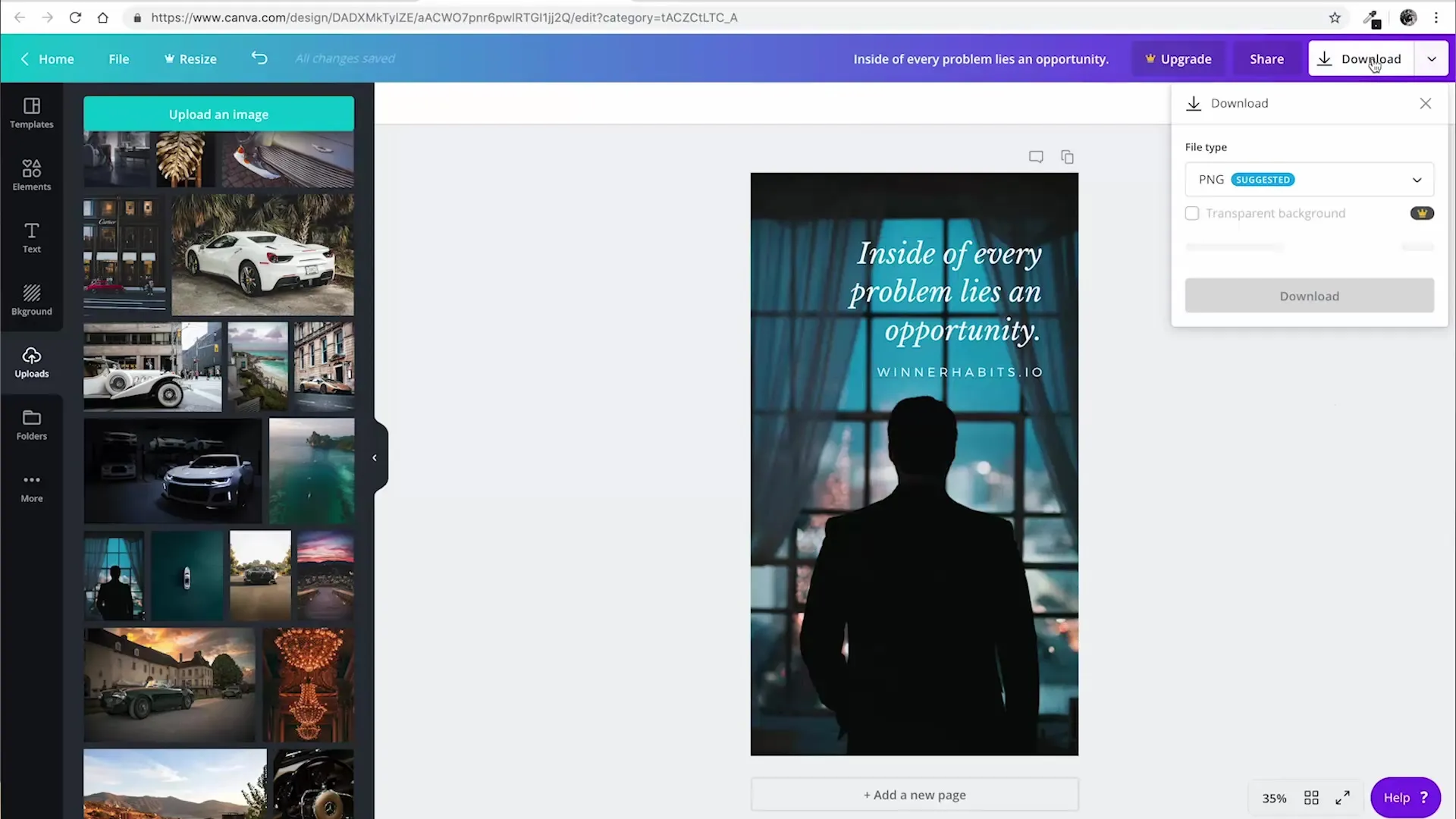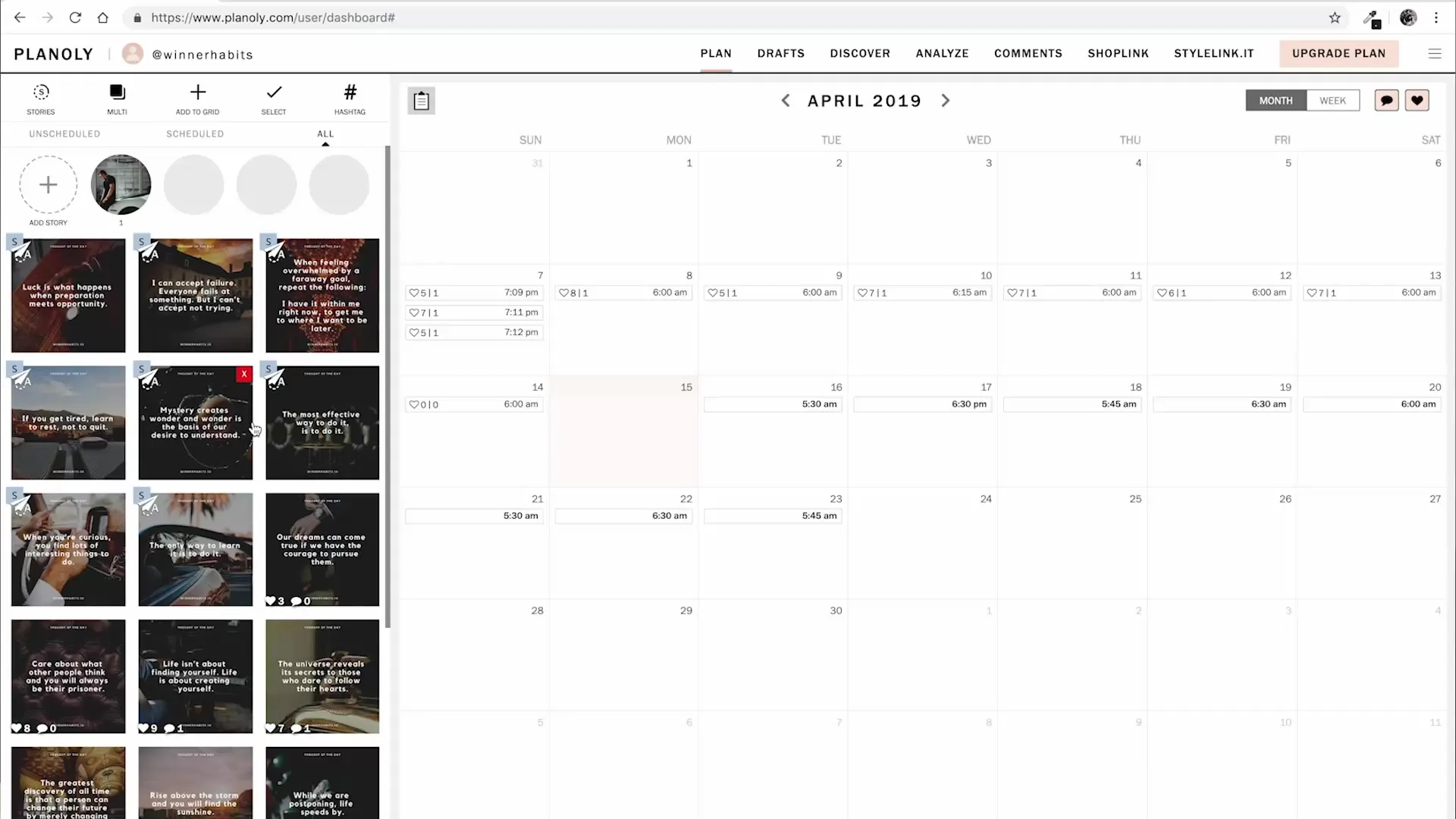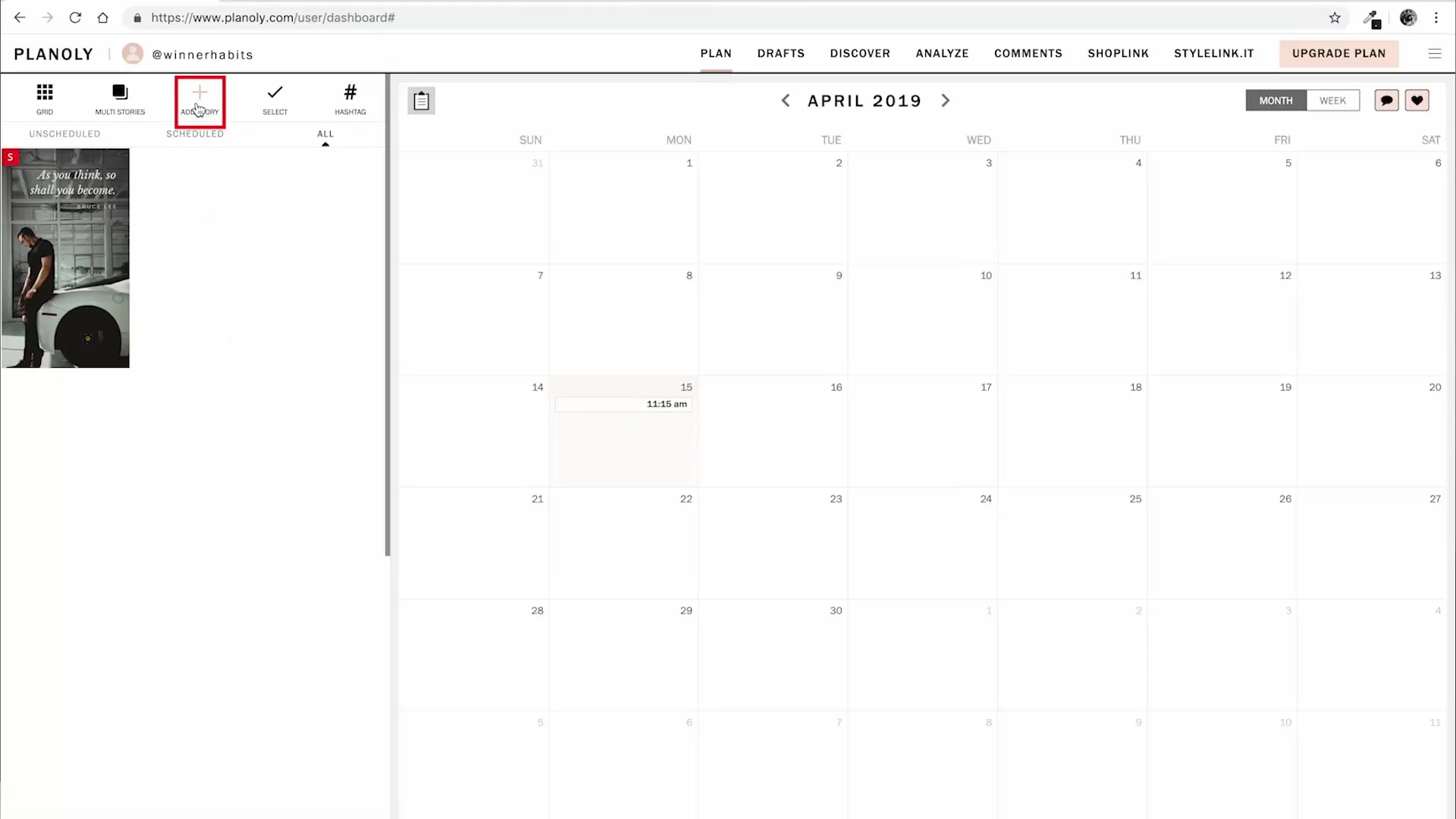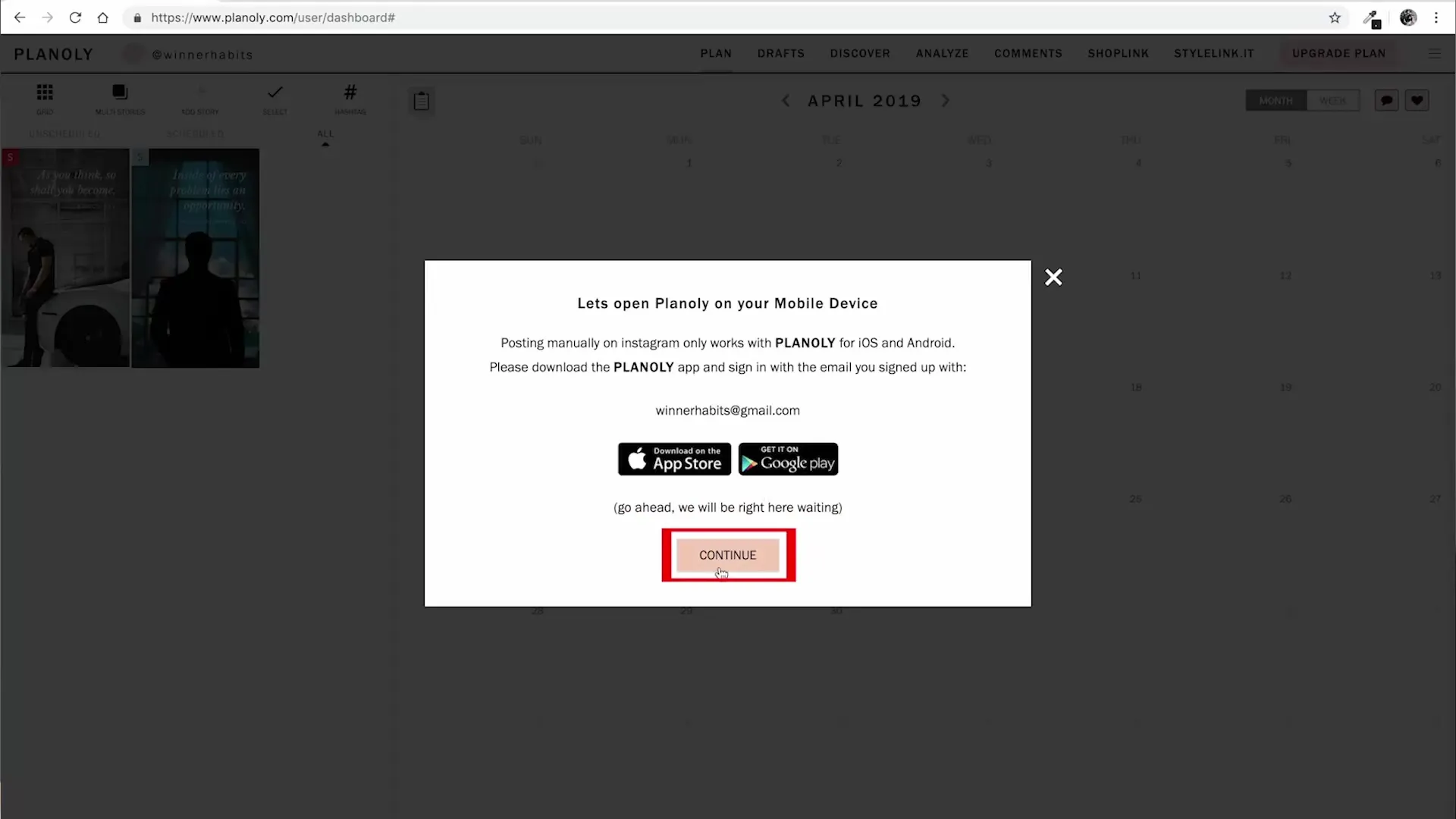The planning of your Instagram-Stories can be a big challenge, especially if you want to publish new content regularly. However, with the right approach and the right tools, you can significantly ease this process. In this guide, I will show you how to effectively prepare and schedule your stories with Canva and Planoly to increase your reach on Instagram.
Key insights
- Use Canva to create engaging story templates.
- Import your story elements into Planoly for convenient scheduling.
- Keep stories simple and regular to increase engagement.
Step-by-Step Guide
Step 1: Create a Story Template in Canva
Start by opening Canva and searching for an Instagram story template. Type "Instagram Story" into the search bar to display a variety of templates. Choose a template that you like. I recommend starting with a simple template to quickly get a feel for the design process.
Step 2: Customize Your Content
After selecting a template, you can customize it. Add your own text that fits your story. You can also add images from your upload to make the story even more engaging. Make sure that the colors and fonts align with your brand identity.

Step 3: Download the Story
Once you are satisfied with your design, download the finished story from Canva. Save the file to your device, as you will upload it later in Planoly. Ensure the format is suitable for Instagram – usually JPG or PNG.

Step 4: Open Planoly
Now open Planoly. Here you will see your normal grid displaying all previously scheduled posts. To add a new story, select the story option. You can either upload the story directly by clicking the corresponding button or by dragging and dropping the file into the field.

Step 5: Upload the Story
After you have uploaded the story in Planoly, you can review it once more. You will get an overview of how your story looks in the grid and when it will be published. Add additional details if necessary, or adjust the scheduling.
Step 6: Set Up Reminders
For each story you plan, you should set up reminders. This will notify you when it’s time to post the story. Go to the settings in Planoly and set a notification for the desired publication date.

Step 7: Publish the Story
Once the publication date arrives, you will receive a notification. Make sure to post your story in time. It can also be helpful to establish a regular pattern in your story posting to keep your audience engaged.
Step 8: Maintain Consistency
Keep your stories as simple as possible, and strive to create new stories regularly. A good rule of thumb is to publish a story every day. This way, you stay in the minds of your followers and increase your engagement.
Summary – Effectively Planning Instagram Stories: A Guide with Planoly
Planning Instagram stories with tools like Canva and Planoly can help you increase your reach and build an engaged community. By creating engaging content and planning it effectively, you can ensure that your stories don’t get lost in the fast-paced world of social media.
Frequently Asked Questions
How do I use Canva for my Instagram stories?Access Canva, search for Instagram story templates, customize them, and download.
What is Planoly and how does it help me with story planning?Planoly is a planning tool that allows you to conveniently schedule your Instagram posts and stories and set reminders.
How often should I post stories on Instagram?It is recommended to publish a story daily to increase engagement.
How do I add reminders in Planoly?Go to the settings in Planoly and set reminders for the desired publication date of your content.
How do I maintain a consistent aesthetic in my stories?Keep designs, colors, and fonts consistent to ensure a unified brand appearance.


